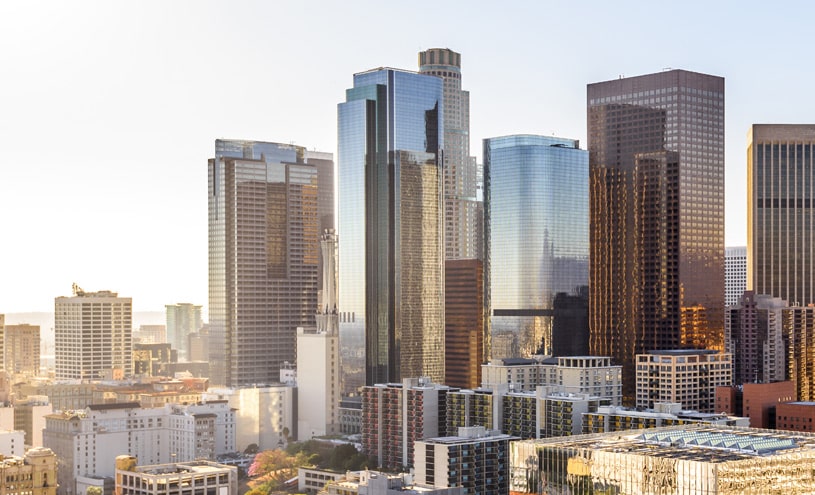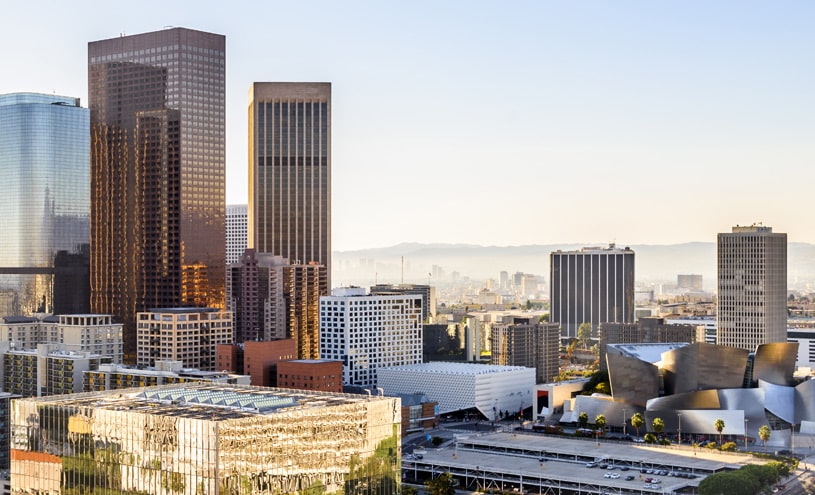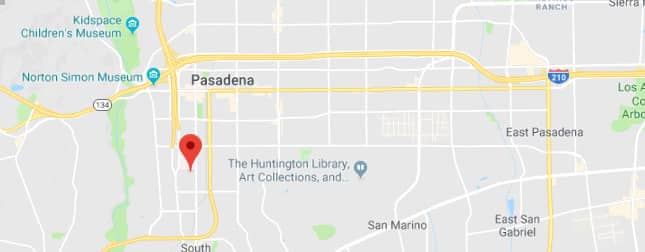Rhinoplasty, often referred to as a “nose job,” is a popular cosmetic surgery that can reshape the nose for aesthetic or functional reasons. While the results can be transformative, proper aftercare is essential for a smooth recovery and achieving the desired outcome. Understanding what to expect during your rhinoplasty recovery can alleviate anxiety and help you navigate the healing process with ease. In this guide, we will cover the key aspects of rhinoplasty aftercare, including immediate post-surgery care, managing swelling and bruising, pain management, activity restrictions, and the importance of follow-up appointments. Dr. Eric Yavrouian provides rhinoplasty to patients in Glendale, Pasadena, Burbank, Greater Los Angeles, Beverly Hills, CA, and surrounding communities.
Immediate Post-Surgery Care: The First 48 Hours
The first 48 hours after your rhinoplasty are pivotal for setting the stage for a smooth recovery. After the surgery, you will spend some time in a recovery room where medical staff will monitor you until you’re stable. Make sure you have a trusted friend or family member to drive you home once you’re discharged, as the effects of anesthesia can leave you feeling drowsy.
At home, it’s crucial to keep your head elevated to minimize swelling. Use pillows or a wedge to prop yourself up while sleeping or resting. Applying ice packs to your nose and around your eyes can significantly help reduce initial swelling and bruising. Remember to wrap the ice packs in a cloth or towel to avoid direct contact with your skin, which can cause damage.
Drainage from your nostrils is a normal occurrence during this period. If your surgeon has used nasal packing, follow their instructions carefully regarding its removal. Keeping your incisions clean and dry is vital; adhere strictly to any wound care instructions your surgeon provides.
To aid your recovery, stay hydrated and eat light, easy-to-digest foods to avoid any nausea caused by anesthesia or pain medications. Refrain from blowing your nose or making any facial expressions that could strain your surgical site. Avoiding activities like bending over or lifting heavy objects will further help in reducing swelling and pressure on your nose.
You may feel some discomfort during these first couple of days, but prescribed pain medications can help manage this. Follow your surgeon’s guidelines on medication to avoid complications. Additionally, steer clear of smoking or being in smoky environments, as this can hinder the healing process and increase the risk of infection.
Lastly, make sure to rest as much as possible. Giving your body time to heal is one of the best ways to ensure a successful recovery.
Managing Swelling and Bruising During The First Week
Swelling and bruising are typical after rhinoplasty, and you can expect the most noticeable swelling during the first week. To help manage this, keep your head elevated and continue applying ice packs as necessary.
Refrain from activities that might worsen the swelling, such as bending over or lifting heavy objects. It’s also wise to avoid hot showers or baths during this period, as heat can exacerbate swelling. Instead, opt for cooler, gentler cleaning methods to keep yourself comfortable.
You should see a reduction in bruising and swelling after the first week, but be aware that some swelling may persist for several months. If you notice excessive swelling or have any concerns, reach out to your surgeon for advice.
Pain Management and Medication Guidelines
Pain management plays a crucial role in your rhinoplasty recovery journey. Following your surgery, it is common to experience some degree of discomfort, especially within the first few days. Prescribed pain medications are usually effective in alleviating this pain, but over-the-counter pain relievers can also be used if recommended by your surgeon. It is essential to adhere to your surgeon’s guidelines when taking any medications to avoid complications. For instance, you should steer clear of aspirin and anti-inflammatory drugs like ibuprofen for at least two weeks post-surgery, as they can increase the risk of bleeding.
If you encounter significant pain that is not managed by your prescribed medications, contact your surgeon promptly for further advice. Taking your medications with food can help minimize stomach irritation, and staying well-hydrated can further aid your recovery process.
In addition to medication, incorporating other pain management strategies can be beneficial. Simple practices like keeping your head elevated and applying ice packs can help reduce discomfort. Ensure that you follow all recommended guidelines to avoid causing harm to the surgical area.
Remember, rest is paramount in these early stages. Avoiding unnecessary physical stress will give your body the best chance to heal efficiently. Following these pain management and medication guidelines will support a smoother and more comfortable recovery.
Activity Restrictions and When to Resume Normal Activities
Adhering to activity restrictions post-rhinoplasty is crucial to ensure proper healing and optimal results. For the first two weeks after your surgery, it’s important to avoid any strenuous activities, including heavy lifting, high-intensity workouts, and any actions that could potentially impact your nose. These activities can increase your blood pressure, leading to more swelling and a higher risk of complications.
In the initial week, focus on gentle movements. Light walking is encouraged, as it aids circulation without putting stress on your surgical site. If your job is physically demanding, consider taking at least one week off to allow your body adequate time to recover.
As you transition into the second and third weeks, you may slowly start to incorporate more routine activities. However, it’s essential to continue avoiding any actions that could inadvertently cause trauma to your nose, such as contact sports or vigorous exercise. If your occupation requires significant physical effort, consult with your surgeon about when it might be safe to resume work.
By the third or fourth week, many patients find they can return to light exercise, but always follow your surgeon’s specific recommendations. Avoid swimming pools and hot tubs during this time, as the water can introduce bacteria to your healing incisions, increasing the risk of infection.
Throughout your recovery, listen to your body and don’t rush the process. Overexerting yourself too soon can lead to setbacks and prolong your healing. Additionally, protecting your nose from potential impacts and minimizing activities that might elevate your heart rate are vital during this period.
Sleeping positions are also an important aspect of your activity restrictions. Continue to sleep with your head elevated, and avoid sleeping on your stomach or side to prevent any pressure on your nose. Using a travel pillow can help maintain this position comfortably.
Adhering to these guidelines will not only facilitate a smoother recovery but also ensure that you achieve the best possible results from your rhinoplasty.
Follow-Up Appointments and Long-Term Care
Follow-up appointments with your surgeon play a vital role in ensuring your recovery remains on track. Typically, your first follow-up visit will occur within the first week post-surgery. During this appointment, your surgeon will evaluate your progress, address any immediate concerns, and possibly remove any stitches or nasal splints if they were used. These check-ups are essential for detecting any potential issues early and making necessary adjustments to your aftercare regimen.
As your recovery progresses, additional follow-up visits will be scheduled to monitor long-term healing. These appointments may be spaced out over several months, allowing your surgeon to assess the gradual changes in your nose and ensure everything is healing as expected. It’s crucial to attend all these appointments, even if you feel well, as they provide an opportunity to catch any complications before they become more serious.
In the months following your rhinoplasty, you’ll need to adopt a proactive approach to your long-term care. Although the initial swelling and bruising will subside within the first few weeks, complete healing and the final results of your rhinoplasty can take up to a year. During this period, it’s important to protect your nose from any potential trauma. Avoid contact sports and be cautious in crowded spaces to prevent accidental bumps or hits to your nose.
Sun protection is another critical aspect of your long-term care. Exposure to the sun can cause discoloration and affect the final appearance of your nose. Whenever you’re outdoors, apply a high-SPF sunscreen to your nose and consider wearing a hat for additional protection. This precaution is especially important in the first year post-surgery.
Maintaining open communication with your surgeon is also crucial during your recovery. If you experience any unusual symptoms, such as persistent pain, excessive swelling, or signs of infection, contact your surgeon immediately. Early intervention can prevent minor issues from developing into significant problems.
Additionally, be mindful of lifestyle choices that can impact your healing process. A healthy diet rich in vitamins and minerals will support your body’s natural healing mechanisms. Staying hydrated and avoiding smoking or exposure to secondhand smoke will further enhance your recovery.
As you approach the later stages of your healing, your surgeon may provide additional guidelines to help you achieve the best results. This might include specific facial exercises, recommendations for skincare, or advice on when it’s safe to resume more intense physical activities.
In summary, follow-up appointments and diligent long-term care are paramount to ensuring a successful rhinoplasty outcome. By adhering to your surgeon’s instructions and taking proactive steps to protect and care for your nose, you can maximize your chances of achieving the desired results and enjoying the full benefits of your rhinoplasty.
For more information about treatments and procedures by Facial Plastic and Reconstructive Surgeon, Dr. Eric J. Yavrouian, serving patients in and around Glendale, Pasadena, Burbank and the Greater Los Angeles, CA area call 818-241-2150 or click here to contact him for a consultation.






